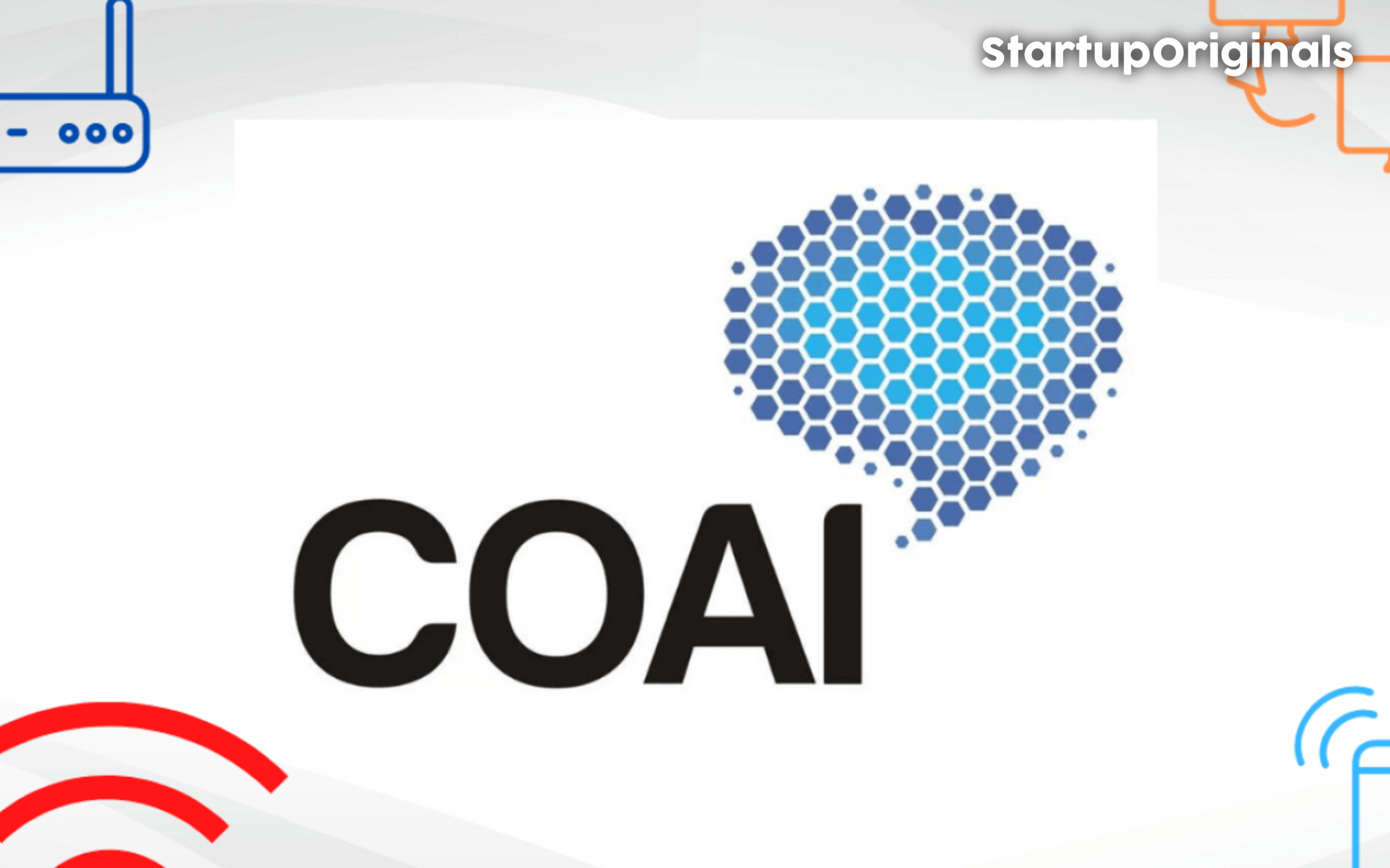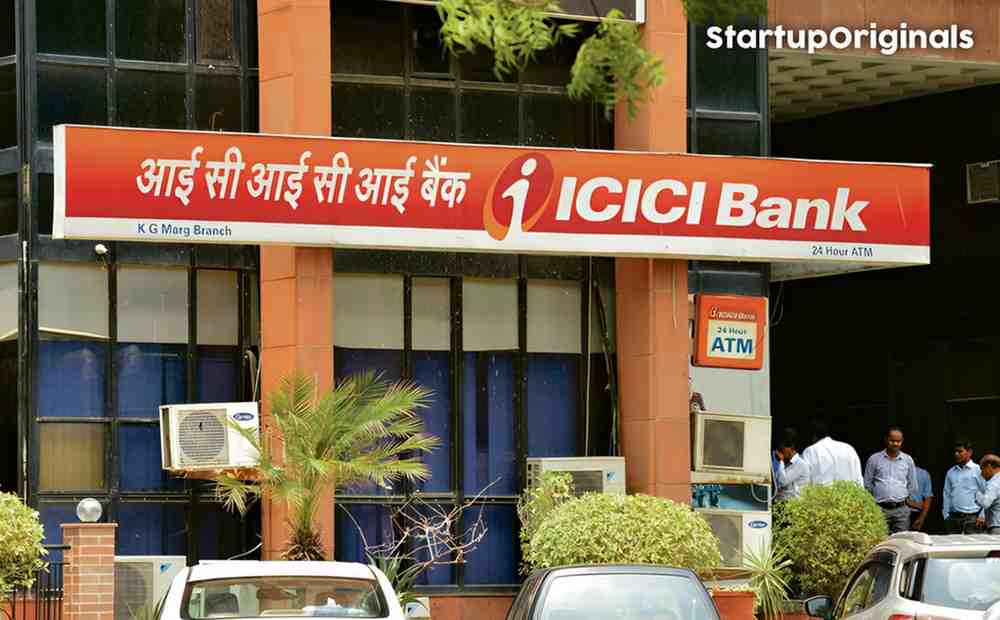
The landscape of digital communication in India is set for a major transformation as the Cellular Operators Association of India (COAI), representing telecom giants like Reliance Jio, Bharti Airtel, and Vodafone Idea, calls for urgent regulatory oversight of OTT (Over-The-Top) communication platforms. This move seeks to address national security, privacy, and consumer protection amid the rapid growth of services like WhatsApp, Telegram, and Signal that currently operate outside the traditional telecom regulatory net.
Why Is COAI Demanding Action on OTT Platforms?
OTT communication apps offer voice and messaging services similar to those provided by licensed telecom operators, but they function beyond the purview of existing telecom regulations. According to COAI, this regulatory gap creates vulnerabilities-making it harder for law enforcement agencies to access critical communications data and prevent crime or security breaches. The association argues that the weakest link in India’s communications security chain is now found in these unregulated digital platforms.
Security and Legal Concerns:
COAI highlighted several pressing issues:
- Lawful interception: Unlike telcos, OTT apps are not required to provide interception capabilities to law enforcement, making it challenging to investigate and prevent criminal activity.
- Data localisation and retention: Telecoms must store traffic and maintain local infrastructure. OTT platforms, however, may host data on servers overseas, beyond Indian jurisdiction.
- Spam and cybersecurity threats: The rise in spam and fraudulent messages, along with tactics like steganography (hiding malicious code within files), is becoming harder to manage as communications migrate from regulated telecom networks to unregulated OTT apps.
- National security: A recent example cited was the interception of satellite phone signals in a counter-terrorism operation, highlighting the importance of monitoring digital communications for public safety.
The Push for Regulatory Parity:
COAI is advocating that OTT communication services be regulated under the Indian Telecommunications Act, 2023. Key proposals include:
- Having a dedicated OTT service authorization within the Unified License framework, to ensure all providers play by the same rules.
- Ensuring data privacy and protection laws apply equally to OTT platforms.
- Requiring OTT players to host user data within India, abide by local content and decency laws, and support lawful interception requests.
- Imposing financial compliance obligations-such as entry fees and service quality standards—similar to those faced by telecom operators.
- Requiring OTTs to implement user verification, archival of traffic, and the ability to quickly comply with government directions in case of emergency or network shutdowns.
Recent Government Action: Content Regulation
The demand for regulation coincides with the Indian government’s recent crackdown on OTT platforms distributing obscene or illegal content:
- On July 23, 2025, the Ministry of Information and Broadcasting directed ISPs to block 25 OTT platforms for violating decency and content regulations, including well-known names like Ullu, ALTT, and Desiflix.
- A total of 43 OTT platforms have now been blocked to date for spreading explicit or culturally insensitive material, under relevant sections of the IT Act, 2000 and other laws.
- These actions underscore the state’s commitment to a safer and more accountable digital environment, holding OTT platforms to higher ethical standards for content moderation.
Industry and Consumer Impact:
Introducing uniform guidelines is expected to create a level playing field between telecoms and OTT platforms-balancing innovation, national security, and user safety. For consumers, this means better privacy, clearer recourse in case of fraud or abuse, and more responsible content delivery.
COAI’s proposal is also supported by organizations like the GSMA and the Internet Service Providers Association of India (ISPAI), which are calling for a “same service-same rules” approach to governance, ensuring consistency and fairness across India’s fast-growing digital ecosystem.
Conclusion:
As India’s digital landscape grows in complexity, regulatory reform is entering center stage. The COAI’s call to bring OTT platforms under a comprehensive regulatory net highlights the need to modernize oversight mechanisms for new-age communication platforms. The government’s recent crackdown on non-compliant OTTs signals the beginning of a more structured, safe, and accountable future for digital content and communication in the world’s largest democracy.




